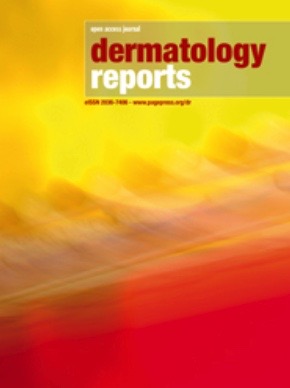Post-COVID-19 resurgence of scabies in Campania, Italy: the hidden burden and challenges in surveillance
All claims expressed in this article are solely those of the authors and do not necessarily represent those of their affiliated organizations, or those of the publisher, the editors and the reviewers. Any product that may be evaluated in this article or claim that may be made by its manufacturer is not guaranteed or endorsed by the publisher.
Authors
Scabies, a contagious parasitic skin disease caused by Sarcoptes scabiei, has shown a marked resurgence in several European regions following the COVID-19 pandemic. In Campania, Italy, reported cases increased from 42 in 2020 to 748 in 2024, according to the regional surveillance system (Sistema Premal-UOD). However, the true burden of disease is likely underestimated due to widespread underreporting, delayed diagnosis, and a hidden reservoir of undetected or self-treated cases. This study analyzes epidemiological trends in Campania, highlights limitations in surveillance, and examines the role of pseudo-resistance in treatment failures. The findings underscore the need for robust monitoring, accurate diagnostics, and public health interventions to reduce the ongoing spread of scabies in the region.
How to Cite

This work is licensed under a Creative Commons Attribution-NonCommercial 4.0 International License.








